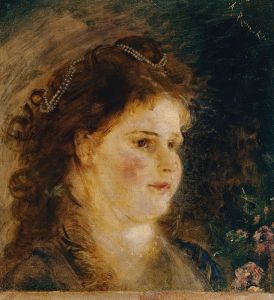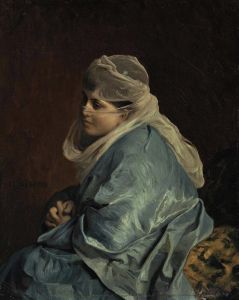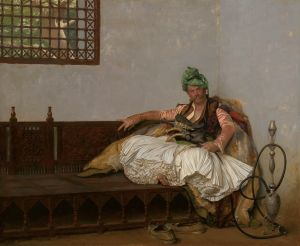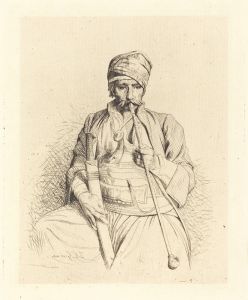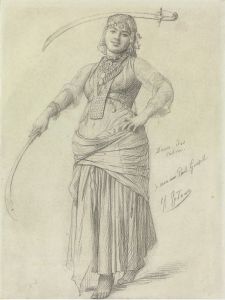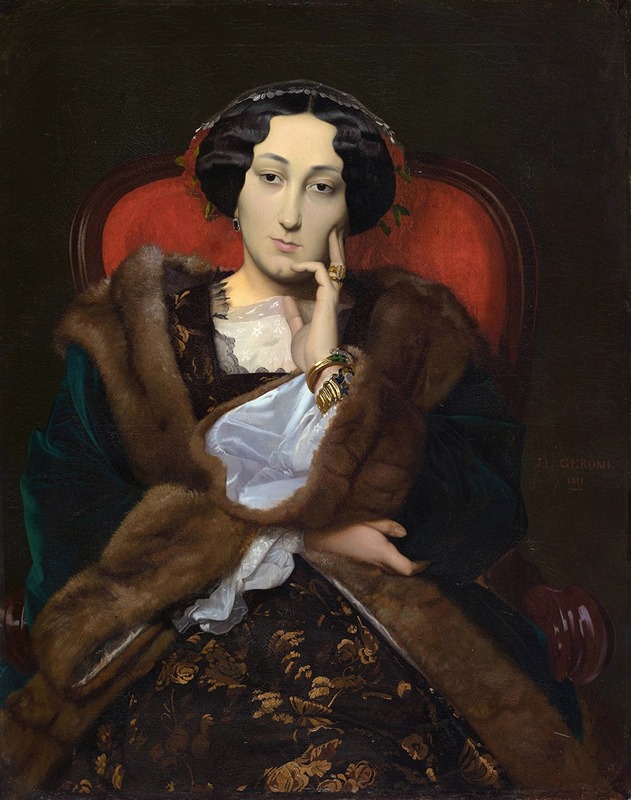
Portrait of a Woman
A hand-painted replica of Jean-Léon Gérôme’s masterpiece Portrait of a Woman, meticulously crafted by professional artists to capture the true essence of the original. Each piece is created with museum-quality canvas and rare mineral pigments, carefully painted by experienced artists with delicate brushstrokes and rich, layered colors to perfectly recreate the texture of the original artwork. Unlike machine-printed reproductions, this hand-painted version brings the painting to life, infused with the artist’s emotions and skill in every stroke. Whether for personal collection or home decoration, it instantly elevates the artistic atmosphere of any space.
Jean-Léon Gérôme's "Portrait of a Woman" is an exquisite example of 19th-century portraiture by the renowned French artist, who was a leading figure in the academic art movement. Gérôme, born in 1824 in Vesoul, France, was a painter and sculptor known for his historical and Orientalist themes. He studied under Paul Delaroche and later at the École des Beaux-Arts in Paris, where he honed his skills in the academic tradition.
"Portrait of a Woman" showcases Gérôme's meticulous attention to detail and his ability to capture the subtle nuances of his subject's expression and attire. The painting reflects the artist's mastery in rendering textures and fabrics, a skill that was highly regarded in academic circles of the time. Gérôme's portraits often exhibit a sense of realism and precision, characteristics that were hallmarks of his broader body of work.
The subject of "Portrait of a Woman" is depicted with a serene and composed demeanor, a common trait in Gérôme's portraits, which often emphasized the dignity and poise of the sitter. The woman's attire and hairstyle are indicative of the fashion of the period, providing insight into the cultural and social context of the time. Gérôme's ability to convey the personality and status of his subjects through portraiture was one of the reasons for his popularity and success as an artist.
Gérôme's work was well-received during his lifetime, and he was a prominent figure in the Paris art scene. He exhibited regularly at the Salon, the official art exhibition of the Académie des Beaux-Arts in Paris, where his works were often praised for their technical excellence and adherence to classical ideals. Gérôme's influence extended beyond painting; he was also a respected teacher, mentoring many students who would go on to have successful careers in art.
While "Portrait of a Woman" is not as widely known as some of Gérôme's other works, such as "The Snake Charmer" or "Pollice Verso," it remains an important piece within his oeuvre, exemplifying his skill in portraiture. Gérôme's portraits are celebrated for their lifelike quality and the artist's ability to capture the essence of his subjects, making them enduring works of art.
Throughout his career, Gérôme maintained a commitment to the principles of academic art, focusing on precision, clarity, and the idealized representation of his subjects. His work, including "Portrait of a Woman," continues to be studied and admired for its contribution to the development of 19th-century art and its reflection of the cultural values of the time.
In summary, Jean-Léon Gérôme's "Portrait of a Woman" is a testament to the artist's skill and dedication to the academic tradition. The painting exemplifies Gérôme's ability to capture the essence of his subjects with precision and elegance, making it a valuable piece within the context of 19th-century portraiture.






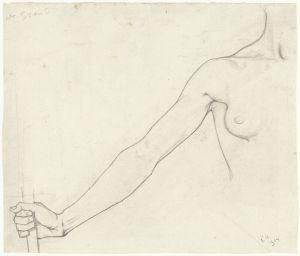

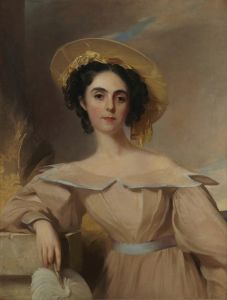

![Design for fine art print, ‘Three Figures’.] [Expressionist scene with African influence](/imgs/249288/s/winold-reiss-design-for-fine-art-print-three-figures-expressionist-scene-with-african-influence-54464834.jpg)
